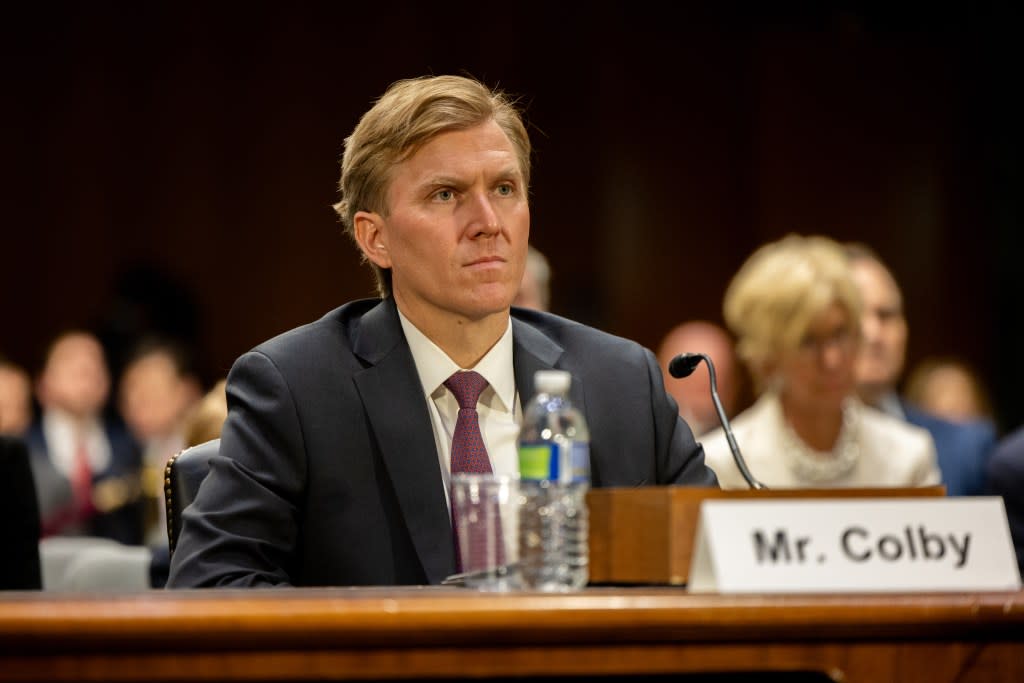
Elbridge Colby, President Donald Trump’s Under Secretary of Defense for Policy and the man running the U.S. proxy war against Russia in Ukraine, is the grandson of Nixon’s CIA Director William Colby, son of Jonathan Colby, a manager of the Carlyle Group, and nephew of Carl Colby, alleged to have participated in a covert operation targeting Bob Marley, and Christine Colby Giraudo, who worked for Hill & Knowlton.
Continuing the family tradition, Elbridge Colby’s Wikipedia page says that his “early career included over five years of service with the Department of Defense, the Department of State, and in the Intelligence Community.”
From 2018 to 2021, Elbridge Colby was at the firm chosen by so many CIA alumni, WestExec Advisors.

Short for West Executive Avenue, the street that runs between the White House and Eisenhower Executive Office Building, WestExec’s client list includes Blackrock, Bank of America, Facebook, Palantir, and Boeing.
It is campaign headquarters for the plan to get Ukraine into NATO and install a nuclear-armed fighting force there that is big enough to invade and conquer Russia.[1]
The woman who literally wrote the book on that plan, Celeste Wallander, was at WestExec before running the war in Ukraine as former President Joe Biden’s Assistant Secretary of Defense for International Security Affairs, and now she is back at WestExec.
WestExec co-founder Antony Blinken served as Biden’s Secretary of State, while WestExec shamelessly advised Ukraine on how to spend U.S. aid (to benefit its Pentagon contracting clients, of course).
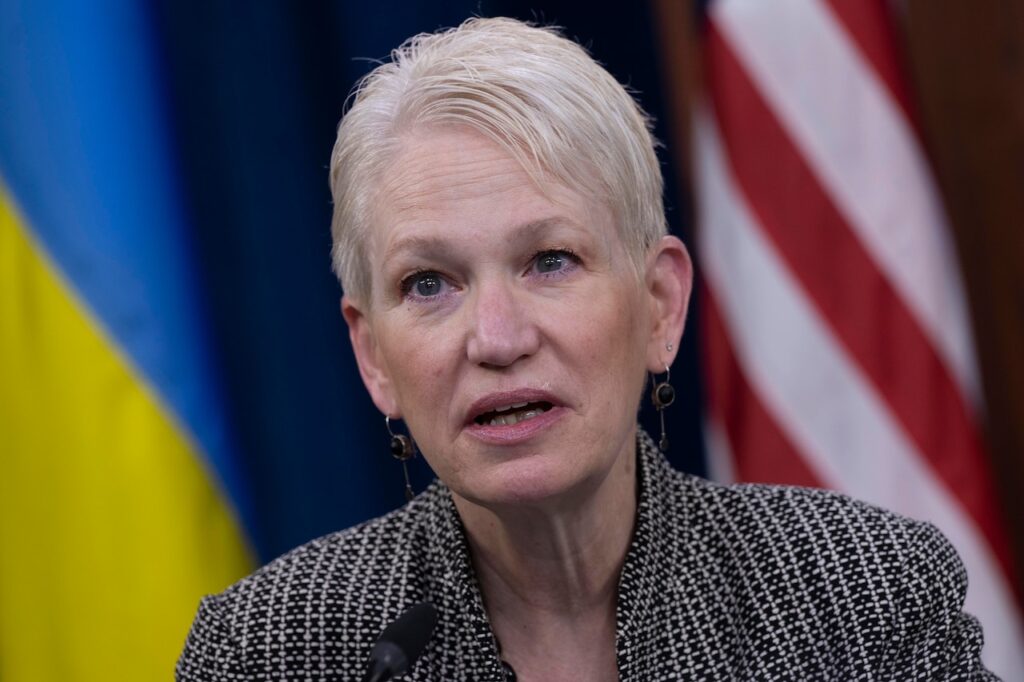
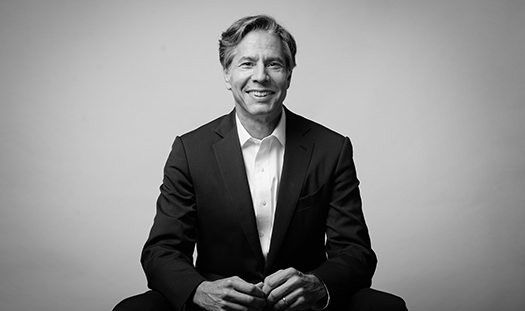
Strangely, Elbridge Colby’s role in Trump’s Ukraine policy has largely been to walk back the WestExec-style brinkmanship for which the Biden administration was known. For instance, Colby is said to have made the decision to halt weapons shipments to Ukraine and to block the use of U.S.-supplied long-range missiles to strike targets inside Russia.
Can we trust that this is a policy designed to promote peace talks? Or should we worry it is a strategy to make Trump look like a Putin appeaser while the Ukraine conflict continues to fester, eventually justifying huge new appropriations for war profiteers?
Colby is playing a long game. His Marathon Initiative think tank writes papers on how to “strategically sequence” wars with Russia, Iran and China.
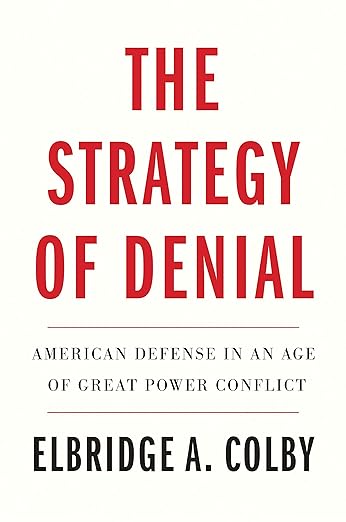
Furthermore, Colby’s 2021 book The Strategy of Denial: American Defense in an Age of Great Power Conflict (Yale University Press) is all about China’s power ambitions and how to recalibrate American power to confront the so-called China threat to U.S. global hegemony.
A graduate of Harvard University and Yale Law School, Colby has worked his whole career, in and out of government, for the defense industry.
As the Quincy Institute revealed, Colby’s Marathon Initiative shares an address with the Center for European Policy Analysis, a front for NATO profiteers Lockheed Martin, Raytheon, Bell Helicopter (a subsidiary of Textron), and BAE Systems.
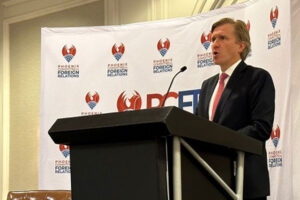
From 2014 to 2017 and 2018 to 2019 Colby worked at the Center for a New American Security (CNAS, not to be confused with the suspiciously similar Project for a New American Century) which counts Northrop Grumman and the Pentagon’s notorious bioweapons outfit, the Defense Threat Reduction Agency, among its biggest donors, alongside contributions from Lockheed Martin, Raytheon, Bell Helicopter, BAE Systems, General Dynamics, Boeing and DynCorp.
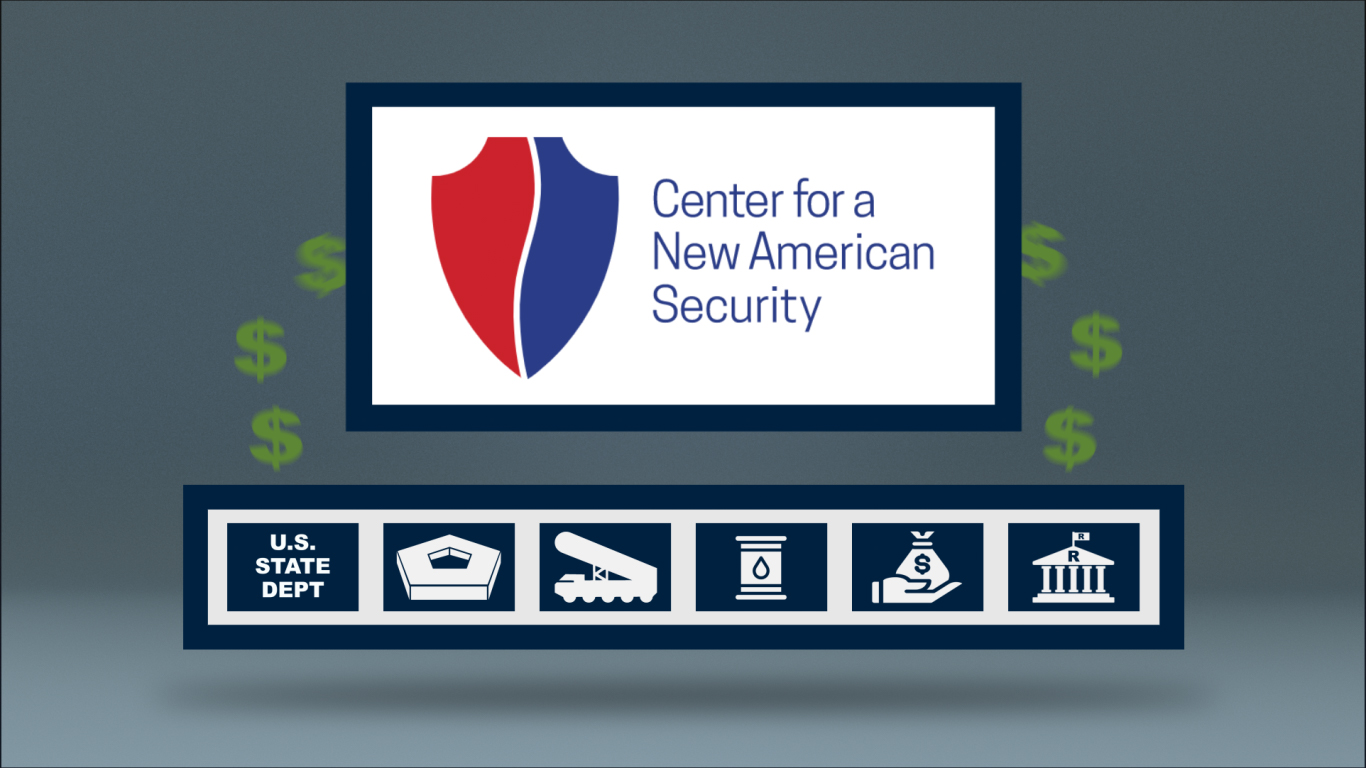
These are the same war profiteers that have controlled the government since his grandfather’s time. One eerie connection between Trump’s Colby and the Deep State of yore, is Bell Helicopter and Lockheed Martin‘s involvement in the assassinations of President John F. Kennedy and Attorney General Robert F. Kennedy.
Bell Helicopter was one of the Pentagon contractors that employed Nazi war criminals after World War II.
In the 1960s, its director of research and development was General Walter Dornberger, the notorious war criminal meant to hang at Nuremburg for his crimes (mass murder and slavery).
The British warned the U.S. not to let him live: “Dornberger is a menace of the first order who is untrustworthy. His attitude will turn ally against ally and he would become a source of irritation and future unrest.”
This information comes to us via investigator Mae Brussell, who cited the book Project Paperclip by University of Texas (Austin) Professor Clarence Lasby. Brussell wanted to get to the bottom of who was behind the assassination of President John F. Kennedy. She was amazed by how little was done to hide Lee Harvey Oswald’s links to the Defense Department.
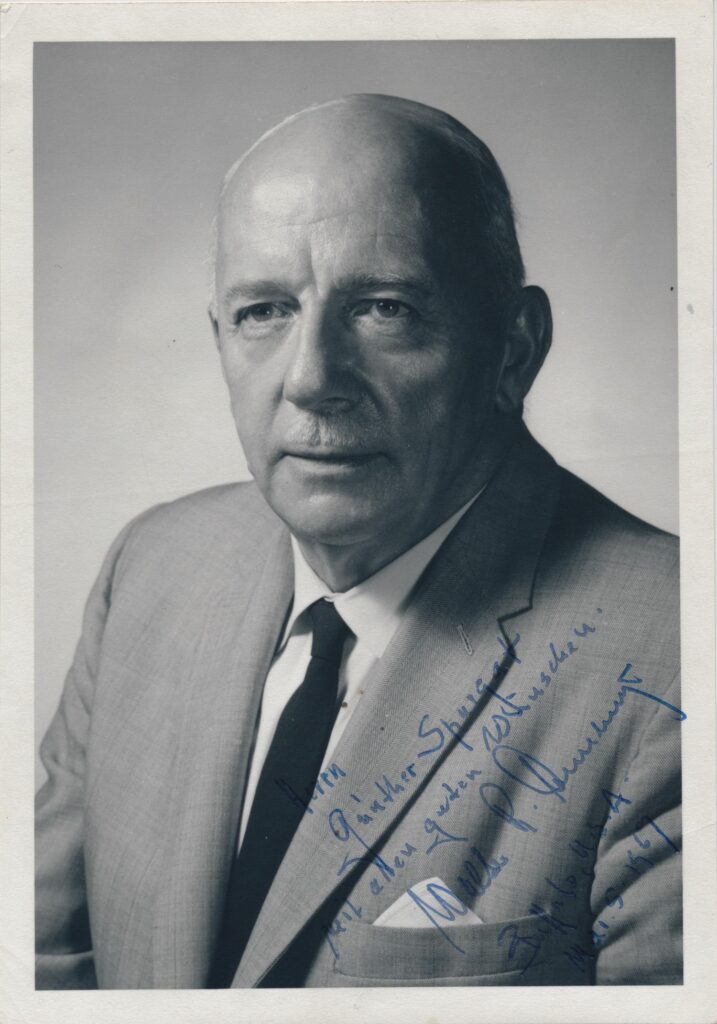

Oswald’s handler (tasked with placing the patsy at the scene of the crime and marshaling the evidence against him) was Michael Paine, employed by Pentagon contractor Bell Helicopter in a job that required security clearances. Brussell knew how unlikely this would be, absent a defense industry conspiracy. “What would the Oswalds, an American ‘defector’ and his transplanted Russian wife, be doing in his home?” she rhetorically asked her radio listeners.
Brussell, who read every volume of the Warren Commission Report, noted that the very first call to police after Kennedy was assassinated on November 22, 1963, was from an employee at Bell Helicopter who suggested “Oswald did it,” but the police never identified the caller.
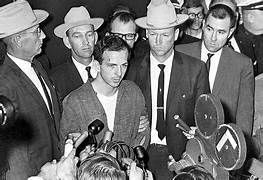
Lockheed is also listed in Lasby’s book as a Pentagon contractor that employed Nazis through Project Paperclip. Its position in the plot to assassinate presidential candidate Robert F. Kennedy is even more central than Bell’s in the JFK assassination—it supplied the shooter.
As CovertAction Magazine’s Jeremy Kuzmarov reported in “New Evidence Implicates CIA, LAPD, FBI and Mafia as Plotters in Elaborate ‘Hit’ Plan to Prevent RFK From Ever Reaching White House,” the military contractors behind the assassination saw fit to use a Palestinian patsy, Sirhan Sirhan, but the real assassin was Thane Eugene Cesar.
Cesar was an employee of Lockheed Martin, which manufactured the CIA-produced U-2 spy plane. Cesar is said to have worked in a CIA-controlled section of Lockheed, to which only special personnel had access.
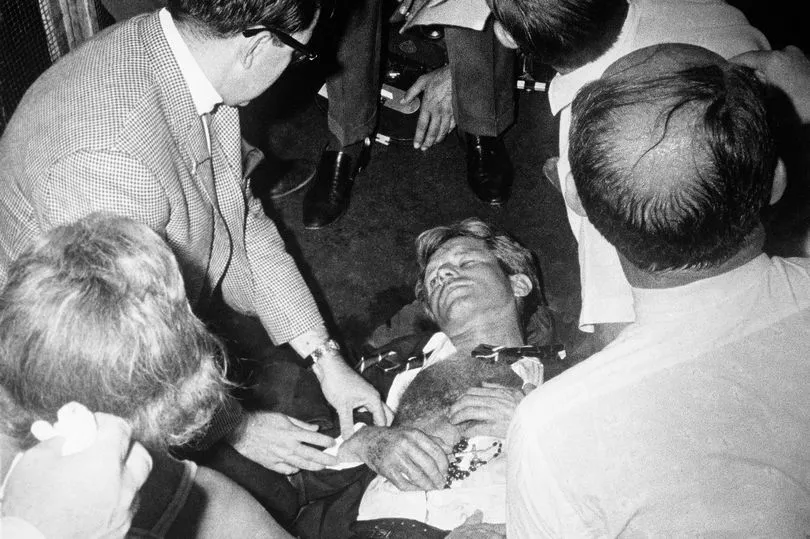
It is unlikely that Colby’s grandfather was directly involved in either the JFK or RFK assassinations. He may have been just as surprised as anyone else by the events of November 22, 1963, and June 5, 1968.
Colby had been busy in Europe and Asia, and probably was not directly involved in the post-World War II Nazi infiltration of the U.S. through the CIA’s Operation Paperclip or how the CIA team behind the failed Bay of Pigs invasion and unsuccessful assassination attempts on Cuban Prime Minister Fidel Castro had turned against the president and his brother and murdered them both.
That said, it would have been impossible for him to see the hallmarks of the clandestine violence he was so well-acquainted with and not know exactly what was going on—or to miss the fact that his former boss and fellow OSS operative, Allen Dulles, CIA director from 1953 to 1961, John McCone, CIA director from 1961 to 1965 (founder of notorious CIA contractor Bechtel), and Richard Helms, CIA director from 1966 to 1973, were the ones ultimately responsible for it.
William Colby had the classic CIA career about which patriotic movies are made.
In the Office of Strategic Services (OSS) during World War II, he fought the Nazis as a “Jedburgh,” led by MI6 agent Daphne Park, in guerrilla missions of sabotage behind enemy lines.
After the war he went back to Columbia Law School to finish his degree and worked at the law firm of OSS chief William “Wild Bill” Donovan.
When the OSS became the CIA in 1947, Colby was recruited into it. His first job was in Operation Gladio, a “stay-behind” army of covert paramilitary operatives tasked with suppressing the Communist parties of Europe—largely through terrorism and false-flag attacks.
In 1959, he was transferred to the CIA’s Far East Division (he became its chief in 1964) where he took on the Phoenix Program in Vietnam. Phoenix, which employed all the tools he had mastered in Gladio, also involved murder and torture—including the 1963 assassination of South Vietnamese President Ngô Đình Diệm and his brother Ngô Đình Nhu, with whom Colby had personally cultivated relationships when that had been advantageous to the CIA.
Then, Colby was left holding the bag. He got the unenviable job of being the public face of the CIA from 1971 to 1975, during Richard Nixon’s doomed presidency and very briefly under Gerald Ford’s presidency, first as CIA Executive Director under Richard Helms and then as Director of Central Intelligence (1973-1975).
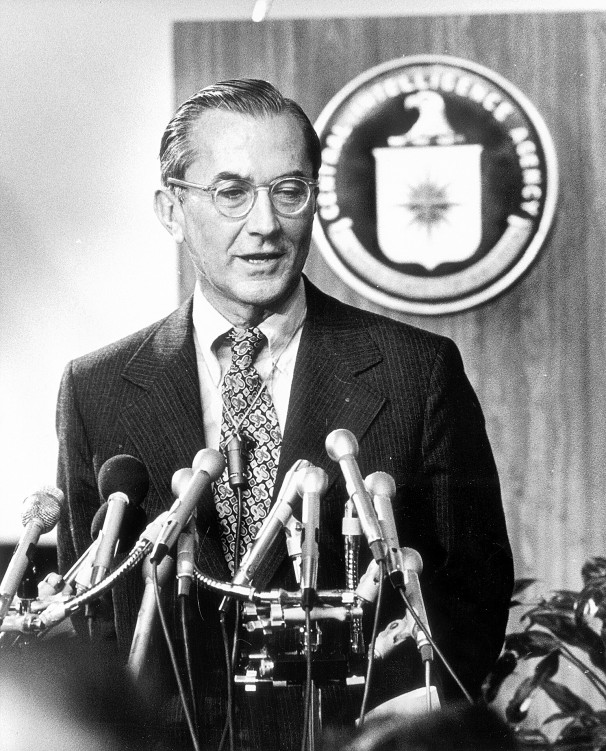
Colby’s one job as CIA Director was to make sure Congress did not investigate the Kennedy assassinations—and he did it. Whether he did it (or didn’t do it) to the satisfaction of hidden hands behind the Agency’s actions is another matter.
Henry Kissinger complained in 1975 that, every time Colby went to Capitol Hill, “…the damn fool feels an irresistible urge to confess to some horrible crime.”
It is the thesis of authors including Russ Baker (Family of Secrets: The Bush Dynasty, America’s Invisible Government, and the Hidden History of the Last Fifty Years) that the powers-that-be could not count on Nixon and Colby to keep their secrets and that was the whole purpose of the CIA’s Watergate operation.
The latter made it possible to swap them for even more compromised, loyal, and forward-thinking Deep State actors like George H. W. Bush (succeeded Colby as DCI before becoming Ronald Reagan’s Vice President and then winning the presidency), Donald Rumsfeld (gained the distinction of being both the youngest and oldest Secretary of Defense under Ford and later George W. Bush), and Dick Cheney (Ford’s Chief of Staff, George W. Bush’s Vice President, the man behind the cleverly calculated political career of Liz Cheney).
Apparently, as Colby grew older, he was trusted less and less. In 1996, during the Clinton administration, with DCI John Deutch (Trilateral Commission member on the boards of Citigroup, Cummins, Raytheon and Schlumberger), Colby, at the age of 76, was found dead under suspicious circumstances that were set up to look like he had a heart attack while canoeing and drowned.
A few of the many odd things about the poorly staged scene were that his canoe was filled nearly to the brim with sand, the coroner’s report showed no evidence of a cardiovascular incident, and his body, which was said to have been submerged for ten days, was not bloated as it ought to have been.
If Colby was killed, then why and by whom?
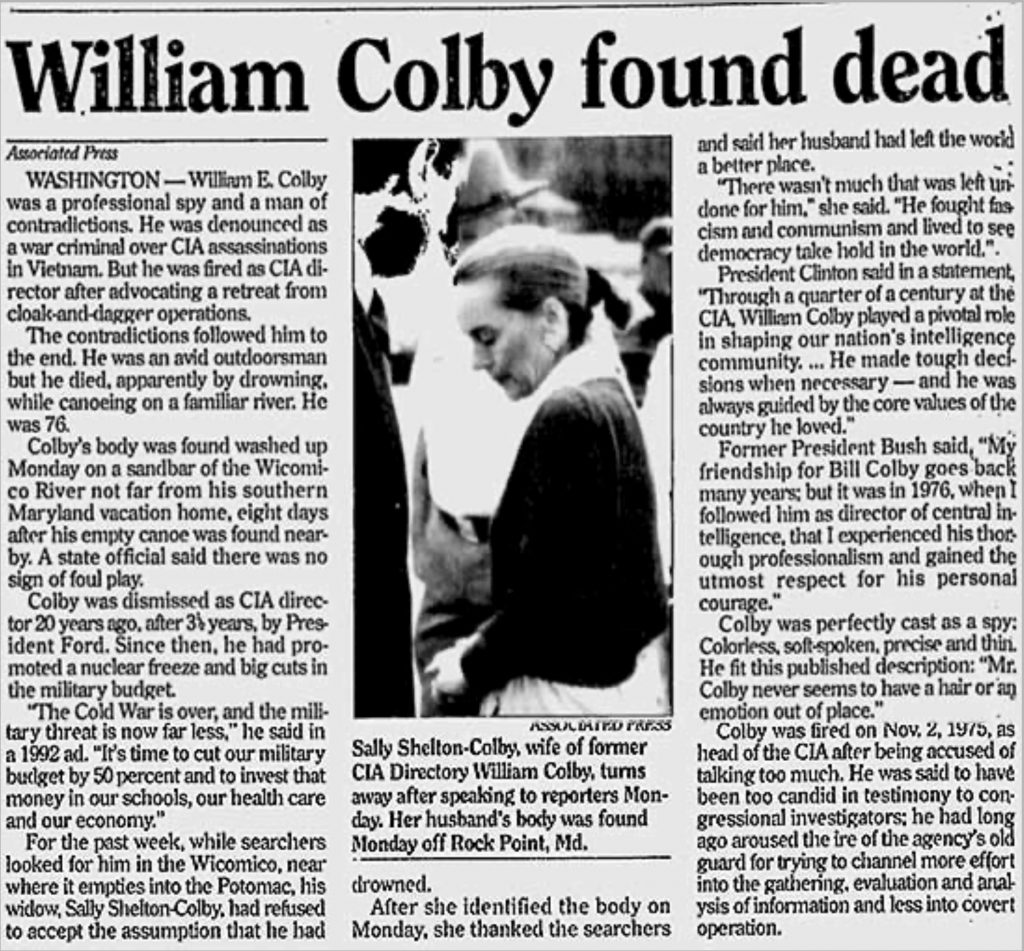
The CIA’s big controversy in 1996 was ignited by journalist Gary Webb’s “Dark Alliance” series alleging that the CIA was behind the California cocaine business of Oscar Danilo Blandón (arrested by the Drug Enforcement Administration in 1992), which the CIA was using to raise money to illegally arm the Nicaraguan Contras—and create a deadly epidemic of crack-cocaine addiction and gang violence in the Black neighborhoods of Los Angeles.
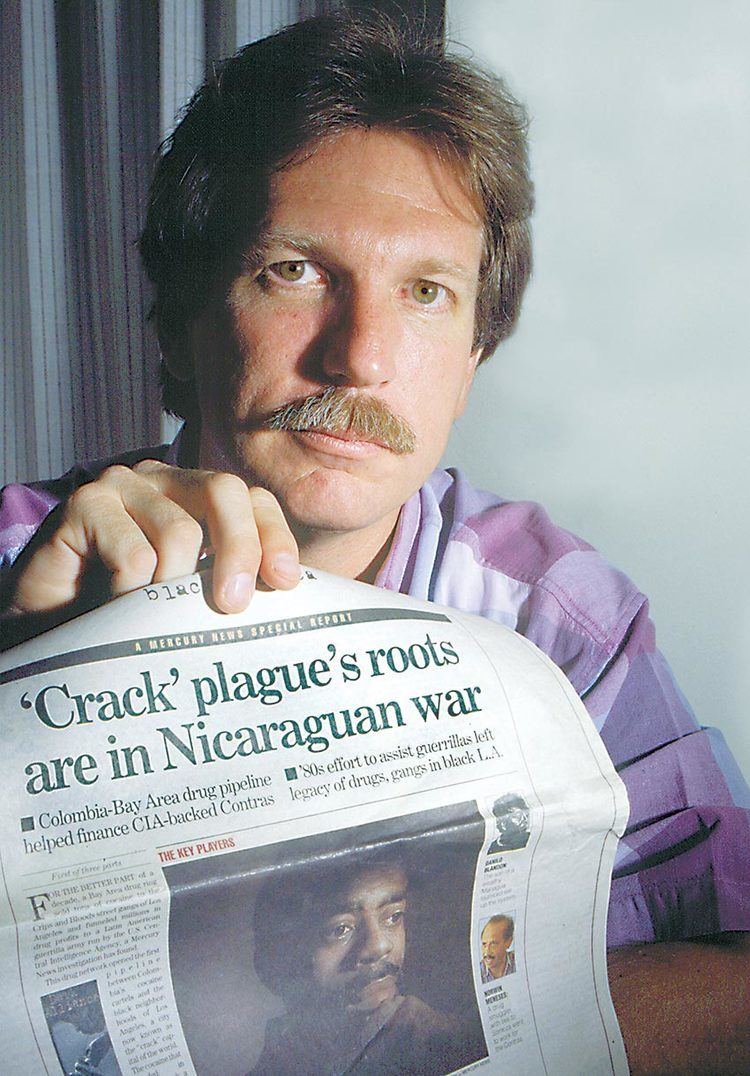
This was a gripping new thread in the Iran-Contra scandal that had been unraveling over the previous decade.
Colby had obliquely referred to CIA drug running the year before. In 1995, he wrote in an investment newsletter:
“The Latin American drug cartels have stretched their tentacles much deeper into our lives than most people believe. It’s possible they are calling the shots at all levels of government.”
Colby would have had reason to know how this worked, as his Southeast Asian CIA operations had involved heroin trafficking (a continuation of the French opium trade). Colby was also counsel to the Australian Nugan Hand Bank, which had been set up as a drug and money-laundering front for the CIA.
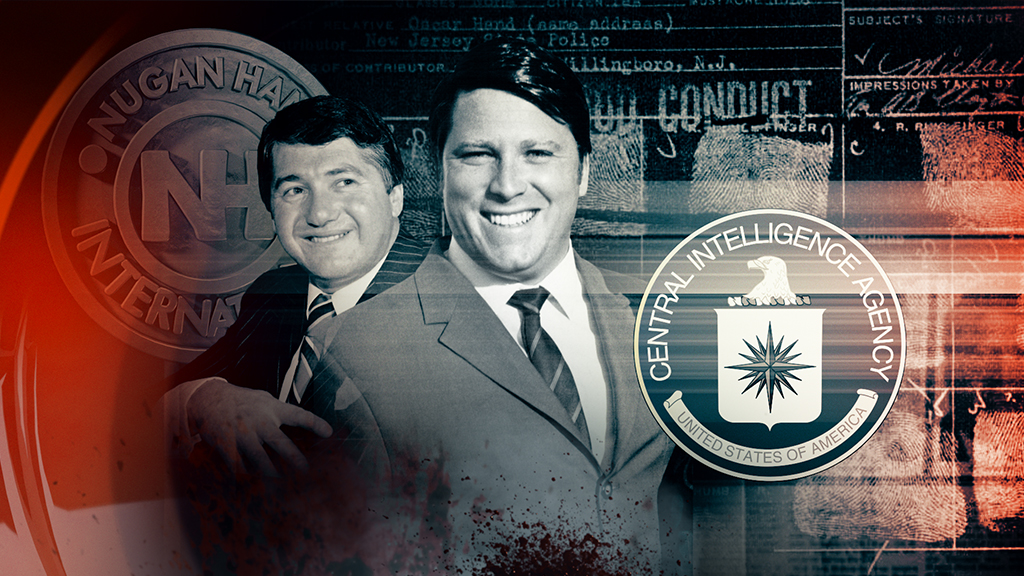
Maybe the CIA did not want one of their own confirming Webb’s story? (Webb was “suicided” in 2004.)
Former CIA Assistant Deputy Director for Operations Robert Crowley is said to have predicted Colby’s death and then weighed in on the killing’s methods and motives. The citation for Crowley’s quotes on the matter is Conversations with the Crow (published in 2013 by Basilisk Press, self-described as “three retired stalwart gentlemen from the CIA, chronically depressed with work-related memories, who took heart at the courageous activities of Edward Snowden and formed Basilisk Press to purge their hearts of grief and guilty consciences”).
The publication of Conversations included a forward by Dr. Peter Janney, son of senior career CIA official Wistar Janney.
Dr. Janney is the author of the 2012 book Mary’s Mosaic: The CIA Conspiracy to Murder John F. Kennedy, Mary Pinchot Meyer, and Their Vision for World Peace.
Conversations is a series of transcribed phone calls that are said to have been surreptitiously recorded by Gregory Douglas.
Douglas is author of the 1996 book Gestapo Chief: The 1948 Interrogation of Heinrich Muller and the 2002 book Regicide: The Official Assassination of John F. Kennedy. Crowley, who worked with Muller in the CIA, was a source for both books; for Gestapo Chief, he even offered advance praise for its publication.
Crowley’s family (he died in 2000, but he has grandchildren alive today) has never denied the authenticity of Conversations which continues to be available today. That said, I offer the following quotes with a grain of salt, as CIA operatives like Crowley are notoriously unreliable narrators, spicing their stories with falsehoods designed to destroy the credibility of those who repeat them.
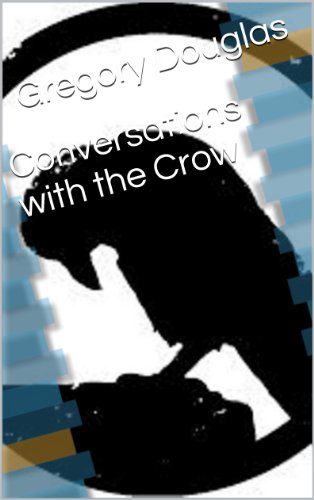
These are short excerpts of much longer conversations:
March 20, 1996:
Crowley: [O]ur beloved DCI [Director of Central Intelligence]. A nasty piece of work, Gregory. Was working in SEA [Southeast Asia] doing the drug business when he was tapped for PHOENIX. And just kept on going when he got to Saigon. PHOENIX got to be a really nasty business and Bill [Colby] set up torture centers all over our part of the country. Regional Intelligence Centers they called them. Well, [Senator Frank] Church got his hands on some of the goings on and guess what? Colby snitched on all his co-workers. I know for a fact from some of the old ones that they’re going to kill him for that.…Watch the papers pretty soon.
Douglas: How will they nail him? Run down in a crosswalk? A stampede of elephants flatten him in his garden?
RTC: You have an overheated imagination. I don’t know the how but I do know the why. Give it six months and the Dictator of Dent Place [Colby lived on Dent Place] will be another stone in the cemetery.
April 29, 1996:
GD: Good morning, Robert. Interesting news on the wire.
RTC: Good morning. What news is that, Gregory?
GD: I see that Colby appears to have had a boating accident.
RTC: So I understand.
GD: I believe you mentioned this earlier.
RTC: I very possibly may have, Gregory. We live in dangerous times indeed.
GD: Apparently he went out for a midnight excursion on the Potomac and did not come back.
RTC: A terrible loss. They haven’t found him yet, have they?
GD: Not yet.
May 8, 1996:
RTC: Good morning, Gregory. Have you been reading about the resurrection of brother Colby?
GD: Good morning, Robert. Yes, I saw this piece of news yesterday but I was too busy to call you.…He floated—no, some divers found him, right?
RTC: As I understand it, yes. Oddly enough, they had searched the same place before but without success.
GD: Maybe they took him from a fishpond somewhere and planted him before he got too ripe.
RTC: It’s an odd case, Gregory. Here we have a man in his late 70s staying at his little summer place out on Rock Point, coming downstairs about eleven in the evening, putting on the computer and the television and then running outside in bad weather, jumping into his canoe and paddling out onto the river which was very rough about then what with the wind and rain. And, most interesting, he left his life belt behind. Bill always wore his vest when he went out in his canoe but he seems to have forgotten it. Careless.
GD: Getting old.
RTC: But no older.
GD: Can I do a scenario for you, Robert? Just to show you how really clever I am?
RTC: Why not?
GD: Some friends came to visit him a little earlier. Unannounced of course. Friendly talk, maybe a glass or two of wine and then poor Colby drank something that made him a little disoriented. Nothing to remain in the body afterwards, of course. Then I’ll bet they picked him up, took him out and put him in the boat they came in on, hooked the canoe up behind them with a painter and out onto the bounding main. Then into the nice cold water, unhitching the canoe and back to shore and the warmth of home and hearth. There was no mention of a hole in his head or missing body parts at all. A careless and confused old man out for a refreshing little trip and then tragedy strikes. I don’t think they’ve had time for a full post but I’ll just wager you they won’t find any cyanide or ricin in him. Another skillfully planned CIA wet action.
RTC: That’s an interesting analysis, Gregory. You haven’t been talking to anyone about this, have you?
GD: From that, I must have guessed right.
August 14, 1996
RTC: It’s rather funny when you read about the growing drug menace, because elements of our government are involved, even as I speak, in assisting in the importation of many tons of marijuana and opium derivatives. Oh yes, Gregory, our government, not the mob or the Colombian drug cartels, are the real drug dealers. We started with Colby and a few others and like Topsy, it just growed [sic]. I’m afraid we don’t run it, but it now runs us. Yes, and Ollie was a part of the whole. Then Congress managed to screw things up by passing the second Boland Amendment in ’84. Reagan was using us to supply the Contras in Nicaragua with guns and other small things so they could overthrow what we like to call the dangerous Communist, pro-Soviet government there. The stupid shits on the Hill put a stop to this so Reagan got George to bypass Congress. Getting the guns was a problem and Ollie turned out to be very competent.
February 4, 1997
RTC: Colby, who later was DCI, ran the drug business out of Cambodia.
GD: The Air America thing?
RTC: Among others. We actually used official military aircraft to ship when we couldn’t use our own proprietary people. Angleton had mob connections and they used him far more than he used them, but he did not dare try to back out. It got way out of hand but none of us wanted to bell that cat, believe me. And we finally flew out Li Mi [anti-Communist Chinese general who fought the People’s Republic of China from Burma and Thailand, funding his campaigns with opium cultivation] with thirteen million in gold bars. Flew him to safety in Switzerland.
GD: That stopped the drugs?
RTC: No, it all came under new management. Colby was very efficient.
GD: As a point of interest here, Robert, is that hey they snuffed him?
RTC: Partially. He knew too much and no one dared to gig him too hard over the civilian killings he ran in Vietnam. There was always the danger he would break down. He was getting along in years and that’s when we have to watch these boys carefully. A heart attack here, an accidental drowning there. After we drowned Colby, we tore his summer place to bits and then ransacked his Dent Place address. Not to mention getting our friendly bankers to let us go through his safe deposit boxes. After hours, of course.
GD: You weren’t involved were you?
RTC: In what? Removing these dangerous people? In some cases. I had nothing directly to do with the drugs. That was mostly Angleton.
William Colby’s son Carl (Elbridge’s uncle) made a film about his father’s life and suspicious death, The Man Nobody Knew: In Search of My Father, CIA Spymaster William Colby, in which he suggests it was a suicide.
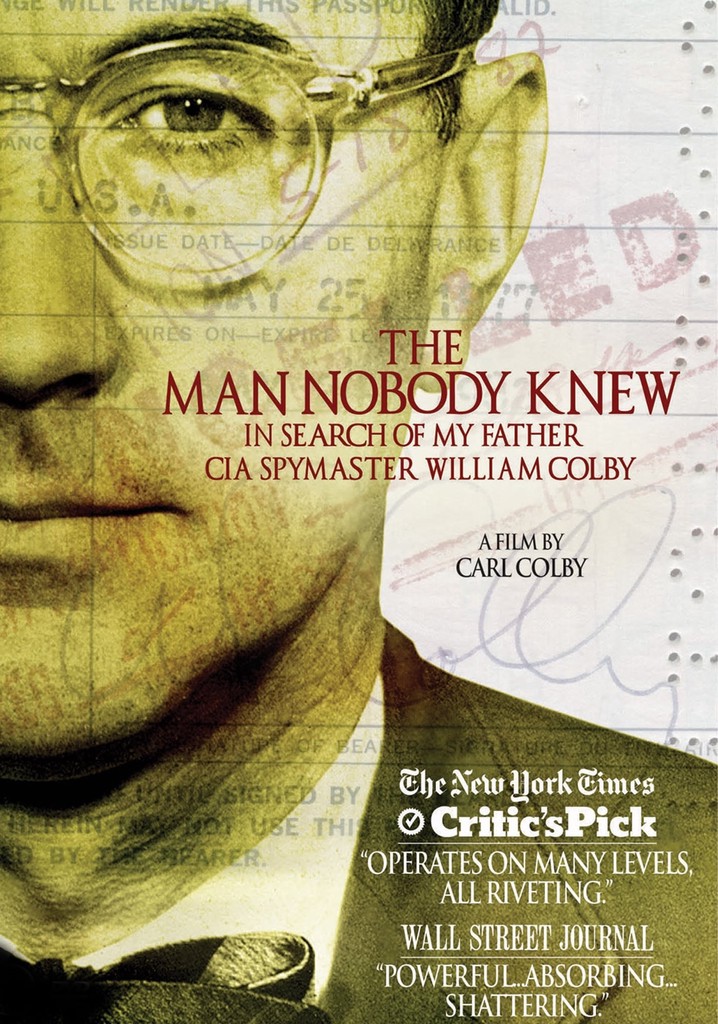
Unlike his father, Carl Colby has never been outed as a CIA employee, but there is one man close to Bob Marley who believes he was involved in CIA attempts on Marley’s life.
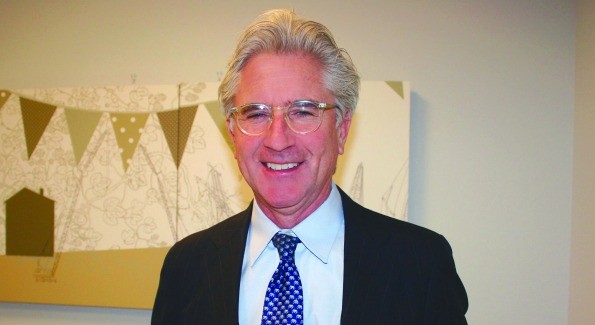
The Carl Colby-Bob Marley story, as first reported by journalist Alex Constantine in High Times’ “CIA involvement in the death of Bob Marley,” was told by Jamaican-Chinese Black Panther Lee Lew-Lee, best known for his documentary All Power to the People: The Black Panther Party and Beyond:
[A] member of the film crew, or so he claimed—reportedly, he didn’t have a camera—managed to talk his way past machete-bearing Rastas to enter the Hope Road encampment: one Carl Colby, son of the late CIA director William Colby.
While the band prepared for the concert, a gift was delivered, according to a witness at the enclave—a pair of boots for Bob Marley. Former Los Angeles cinematographer Lee Lew-Lee was close friends with members of the Wailers, and he believes that Marley’s cancer can be traced to the boots: “He put his foot in and said, ‘Ow!’ A friend got in there…he said, ‘let’s [get] in the boot, and he pulled a length of copper wire out—it was embedded in the boot.”
Had the wire been treated chemically with a carcinogenic toxin? The appearance of Colby at Marley’s compound was certainly provocative.
Seventeen years after the Hope Road assault, Don Taylor published a memoir, Marley and Me, in which he alleges that a “senior CIA agent” had been planted among the crew as part of the plan to “assassinate” Marley.

* * *
Lew-Lee recalls: “I didn’t think so at the time, but I’ve always had my suspicions because Marley later broke his toe playing soccer, and when the bone wouldn’t mend the doctors found that the toe had cancer.”
Three generations of Colbys influencing events and shaping our understanding of them. There is probably much more to know. William Colby had five children, three sons, Jonathan, Carl and Paul, and two daughters, Christine and Catherine.[2]
Elbridge’s father Jonathan Colby was 27 when his father became the Director of Central Intelligence. He had already served on the National Security Council under Henry Kissinger and was said to be in the army at the time.
Today, he is a Senior Adviser to the Carlyle Group where he has been in management since 1998.

Before that, Mr. Colby was with Equinox Group Holdings, the Blackstone Group, and First Boston Tokyo. He is a member of the Council on Foreign Relations and the Board of Trustees at the Brookings Institution where he also serves as the Chair of Brookings’ Foreign Policy Leadership Council.
Just a coincidence that, when Ukrainian President Volodymyr Zelensky went to the 2024 World Economic Forum, Carlyle and Blackstone were among the companies he met with? (See “Disaster Capitalists Ready to Descend on Ukraine.”)
Christine Colby Giraudo (married to John Peter Giraudo), was working at Hill & Knowlton at the time of her 1987 wedding, the only public record of her career.
Infamous Hill & Knowlton clients include the Kuwait Government (for the 1990 “Nayirah” testimony where the 15-year-old daughter of the Kuwaiti ambassador to the U.S. falsely claimed Iraqi troops were ripping babies from incubators) and the Nicaraguan Contras.
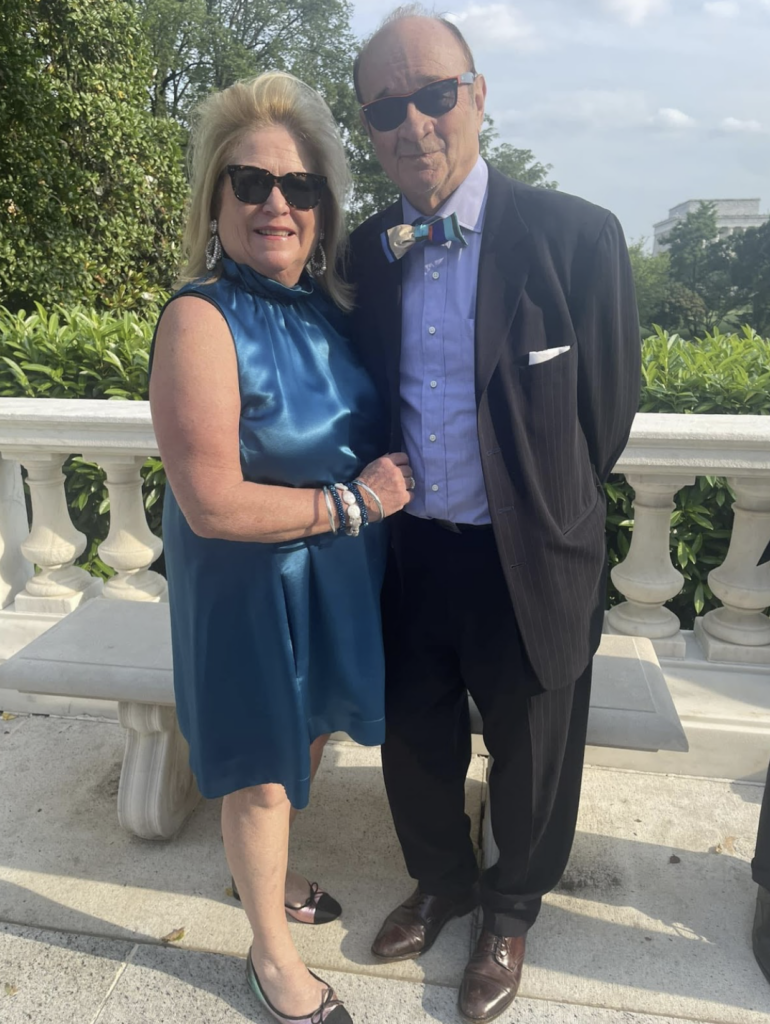
Paul Colby (married to Amie Virtel) seems to have steered clear of the Deep State. He has had a conventional legal career, working at the Justice Department in the Office of Professional Responsibility.
Catherine Colby died from epilepsy and anorexia in 1973, the same year Colby became DCI.

Background on WestExec can be found in Dan Steinbcok, The Obliteration Doctrine: Genocide Prevention, Israel Gaza, and the West (Atlanta: Clarity Press, 2025), 49. ↑
Elbridge takes the name of his great grandfather who came from a New England family with a history of military and public service, was a professor of English, an author, and a military officer who served in the U.S. Army and in university positions in Tianjin, China; Georgia; Vermont; and Washington, D.C. Though a career officer, Elbridge Colby’s professional pursuits focused less on strictly military activities and more on intellectual and scholarly contributions to military and literary subjects. ↑
CovertAction Magazine is made possible by subscriptions, orders and donations from readers like you.
Blow the Whistle on U.S. Imperialism
Click the whistle and donate
When you donate to CovertAction Magazine, you are supporting investigative journalism. Your contributions go directly to supporting the development, production, editing, and dissemination of the Magazine.
CovertAction Magazine does not receive corporate or government sponsorship. Yet, we hold a steadfast commitment to providing compensation for writers, editorial and technical support. Your support helps facilitate this compensation as well as increase the caliber of this work.
Please make a donation by clicking on the donate logo above and enter the amount and your credit or debit card information.
CovertAction Institute, Inc. (CAI) is a 501(c)(3) non-profit organization and your gift is tax-deductible for federal income purposes. CAI’s tax-exempt ID number is 87-2461683.
We sincerely thank you for your support.
Disclaimer: The contents of this article are the sole responsibility of the author(s). CovertAction Institute, Inc. (CAI), including its Board of Directors (BD), Editorial Board (EB), Advisory Board (AB), staff, volunteers and its projects (including CovertAction Magazine) are not responsible for any inaccurate or incorrect statement in this article. This article also does not necessarily represent the views the BD, the EB, the AB, staff, volunteers, or any members of its projects.
Differing viewpoints: CAM publishes articles with differing viewpoints in an effort to nurture vibrant debate and thoughtful critical analysis. Feel free to comment on the articles in the comment section and/or send your letters to the Editors, which we will publish in the Letters column.
Copyrighted Material: This web site may contain copyrighted material the use of which has not always been specifically authorized by the copyright owner. As a not-for-profit charitable organization incorporated in the State of New York, we are making such material available in an effort to advance the understanding of humanity’s problems and hopefully to help find solutions for those problems. We believe this constitutes a ‘fair use’ of any such copyrighted material as provided for in section 107 of the US Copyright Law. You can read more about ‘fair use’ and US Copyright Law at the Legal Information Institute of Cornell Law School.
Republishing: CovertAction Magazine (CAM) grants permission to cross-post CAM articles on not-for-profit community internet sites as long as the source is acknowledged together with a hyperlink to the original CovertAction Magazine article. Also, kindly let us know at info@CovertActionMagazine.com. For publication of CAM articles in print or other forms including commercial internet sites, contact: info@CovertActionMagazine.com.
By using this site, you agree to these terms above.
About the Author

Alexis Baden-Mayer is a lawyer and activist who has worked in Washington, D.C., as the political director of a non-profit advocacy group since 2005.
Her Substack is Scamerican Century.
Alexis can be reached at alexis@organicconsumers.org.
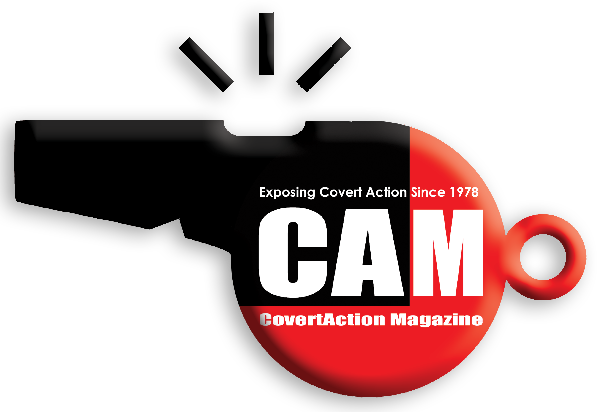
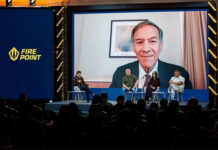
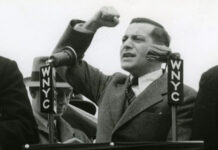
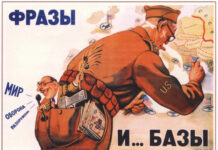

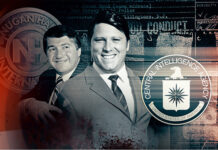
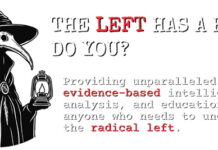
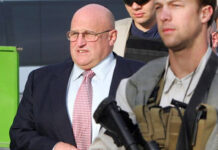


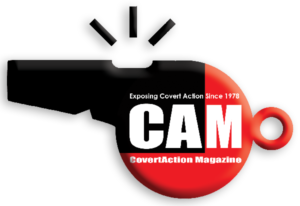
Excellent article. Here is another recent interesting article about Ukraine,
https://www.timesofisrael.com/84-years-after-babyn-yar-massacre-names-of-1000-previously-unknown-victims-revealed/
Horrific. Never forget. Never again—for anyone.